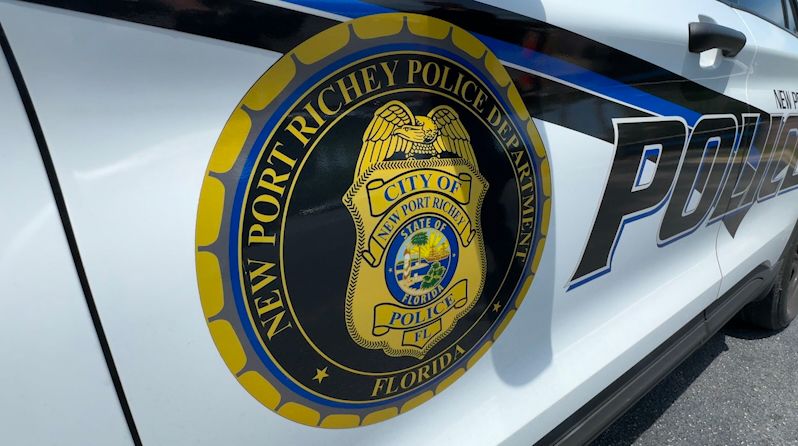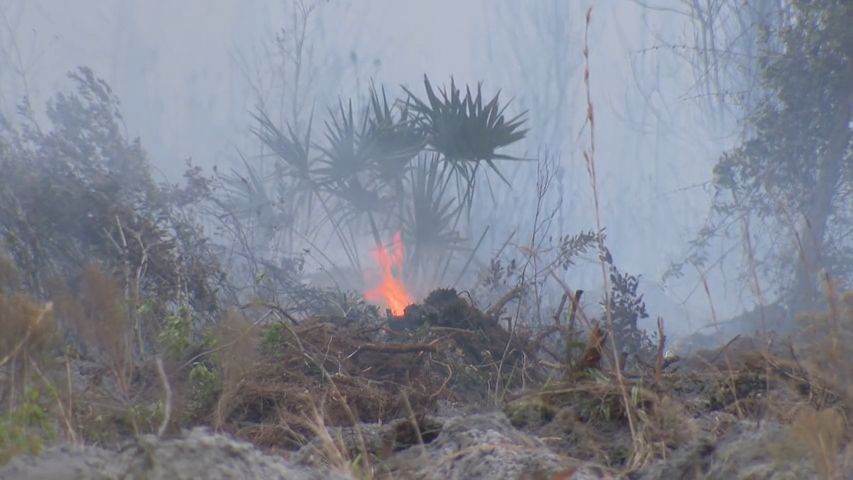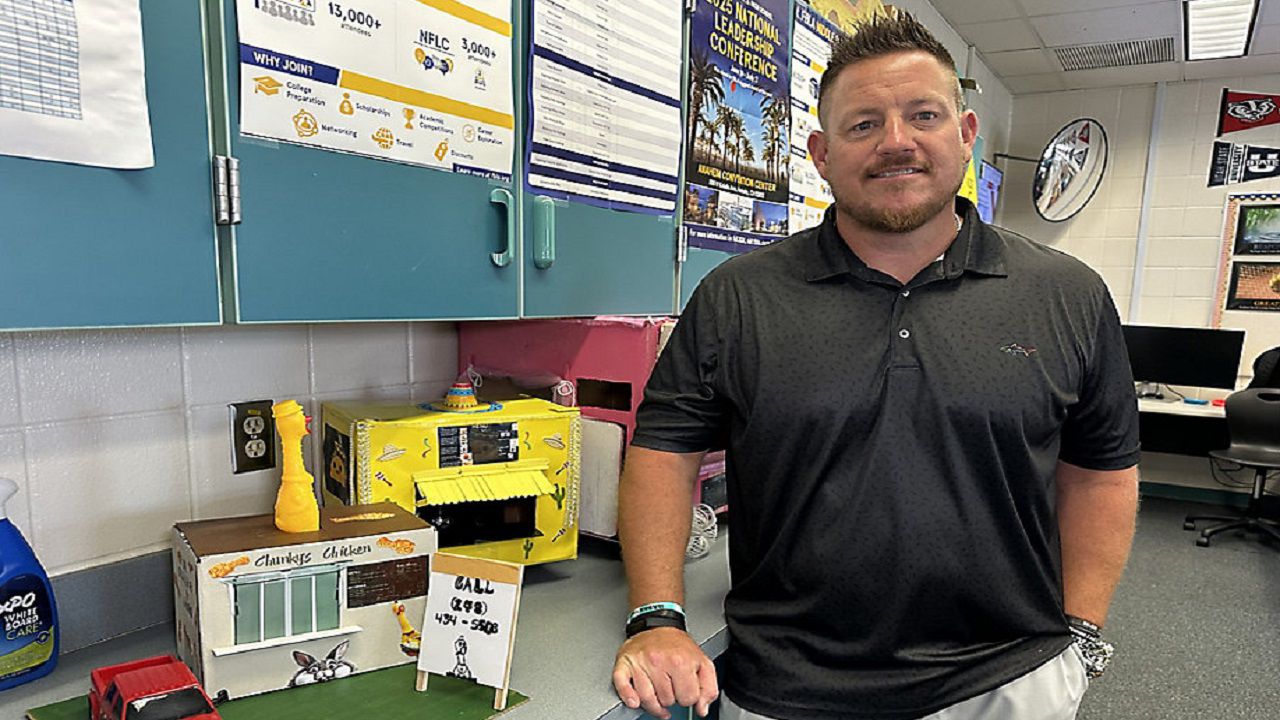ST. PETERSBURG, Fla. — The University of South Florida College of Marine Science was awarded a $3.2 million grant to develop a forecasting model for the macroalgae known as sargassum.
Sargassum is common off the Florida coast, and can benefit sea life by supporting baby fish and sea turtles.
But when sargassum blooms escape the loop current and float free into coastal regions, the blooms can cause fish die-offs and kill coral reefs and sea grasses.
Sargassum usually appears on local beaches as thick piles of sea grass, rare on the west coast of Florida, but more prevalent in South Florida, including Key West and points south in the Caribbean.
Sargassum can carry a strong odor, and eventually rots in the water, pushing oxygen to the bottom of the sea floor and blocking out sunlight for corals and sea grass.
Assistant Research Professor and Physical Oceanographer with USF’S College of Marine Science Brian Barnes said the grant will help CMS bring together seven agencies to better spot sargassum blooms, and track where they are going.
“We are coupling the detection systems we have from satellites with some coastal models,” Barnes said. “To tell us where the water is going so we can hone in and forecast where an individual patch that may or may not be harmful to a beach, where that will come ashore and when.”
The research will include all of Florida and south into the Caribbean.









